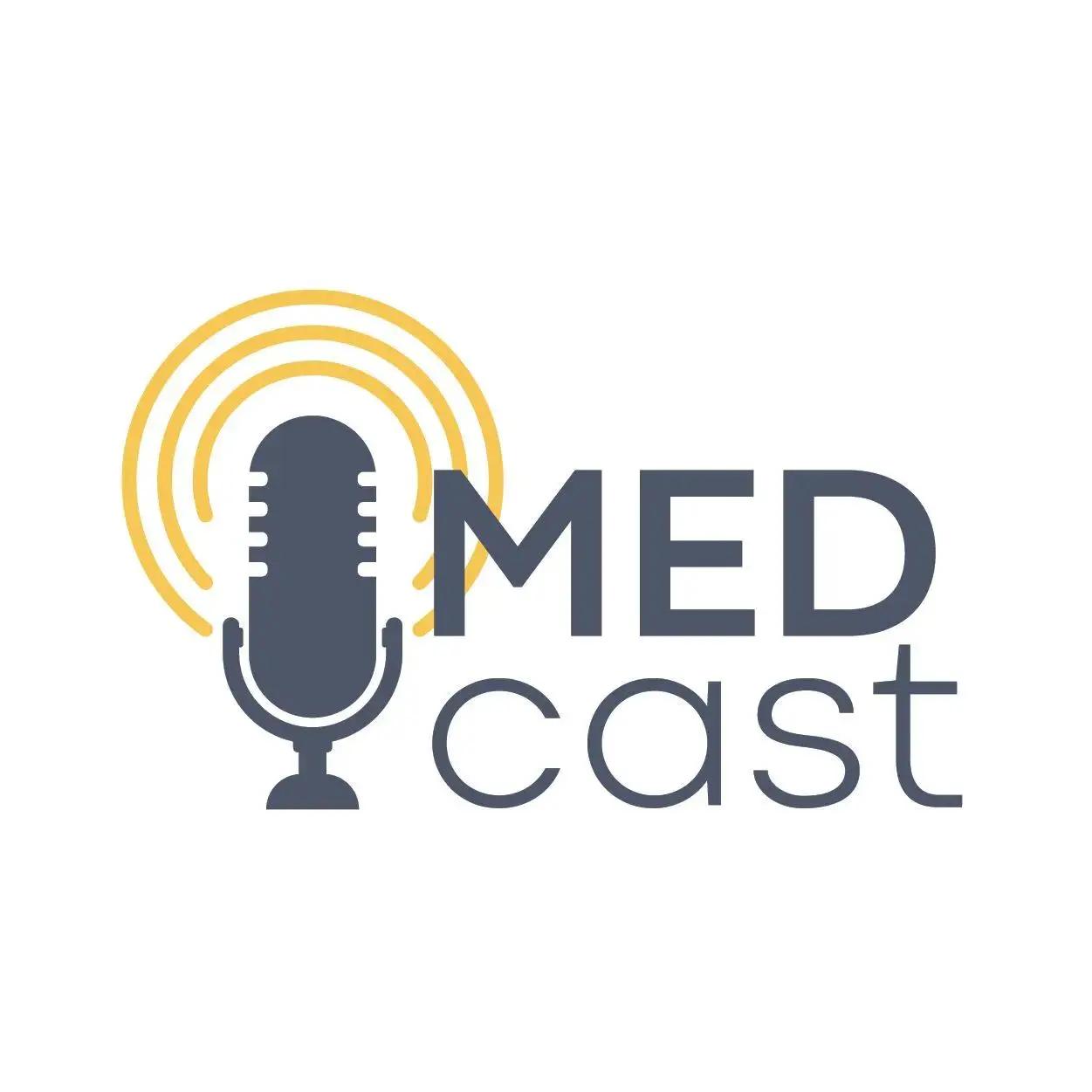Article
Psychiatric Symptoms Following Concussion in Adolescents
Author(s):
How can a clinician best treat a young athlete more concerned with return to play than with his or her health?
When I hear “brain injury,” Phineas Gage inevitably comes to mind: his infamous personality change after his brain trauma is as remarkable as the fact that he survived the horrific accident. Another story I often recall is more personal. My high school friend Paul, with whom I shared an occasional lunch and a love of the English language, missed school one winter day amid flu season. But it wasn’t the flu that caused the absence. Paul had slipped and fell off the icy roof where he was playing. I was among his friends who were allowed to visit him after he returned home from the hospital. I still remember a striking change in his personality, which was as noticeable as the difficulty with which he maintained a conversation and the scar across the side of his head. He survived, but he never returned to his old self, personally or academically.
Severe traumatic brain injury (TBI) often has obvious cognitive and behavioral consequences, but is relatively rare, compared to mild TBI, or concussion. Concussions may have substantial, long-term consequences at any age, but they are especially dangerous during childhood and adolescence, when brain is rapidly developing. Sport is a common cause of concussion among school-aged children. As sport continues to gain popularity, athletes get younger, and female participation increases, the consequences of sports-related concussion start to demand the attention of both public and clinical specialists.
An array of psychiatric and cognitive symptoms has been reported following TBI in children and adolescents. A recent review lists a few: personality disorder, posttraumatic attention deficit hyperactivity disorder (ADHD), oppositional defiant/conduct disorder, posttraumatic stress disorder, mania/hypomania, depressive disorder, psychosis, anxiety disorders, suicidal ideations, and worsening of pre-injury psychiatric symptoms.1 Of these, personality change is the most prominent syndrome. Max and colleagues report unremitted personality change in 18% of TBI patients age 5 to 14 years at 6 months after injury.2 According to this group’s recent report, personality change is associated with attention, processing speed, verbal memory, IQ, and executive function. (Reports of deficit in memory and processing speed after concussion are common in the literature.) Comorbid with postinjury personality change, ADHD affects up to 21% of patients by 24 months post injury.3 Other diagnoses are less common, but require just as much attention.
Strategies to manage these psychiatric disorders are remarkably scarce. Little empirical evidence supports the use of pharmaceuticals in these patients, according to a recent review.4 Despite the lack of empirical support, several medication classes, eg, mood stabilizers, SSRIs, and neuroleptics are used off-label to manage personality change.1 Limited evidence supports the use of methylphenidate in youth with posttraumatic ADHD; still, stimulants are underutilized in this patient population partly because guidelines on their use post injury are lacking. Notably, patients with concussion often have primary ADHD, which is a risk factor for brain injury.5 Additional, non-pharmaceutical means of supporting these patients – cognitive behavioral therapy, family therapy based on problem solving, and parent education – have been developed and used with some success.
Since multiple concussions are associated with greater neuropsychiatric impairment, prevention is an important aspect of concussion management. Physical and cognitive rest is currently recommended during recovery, but strong evidence that supports this approach is lacking.6 Moreover, some studies show that mild cognitive activity may be more beneficial than rest, especially if combined with physical therapy. Additional research in this field may eventually lead to development of new return-to-learn and return-to-play protocols for young athletes.
Currently, subjective self reporting guides return to activities. Because patients may underreport symptoms for reasons that vary with age, for example, pressure to return to athletic activities, biomarkers and imaging may provide more objective means to track recovery. Although biomarkers of TBI have been thoroughly investigated, few of these findings have been validated in developing brain. N-Acetylaspartic acid and brain glucose metabolites are among the candidates of biomarkers of pediatric TBI.7
Sports are inseparable from the risk of concussion, but, in a young athlete’s mind, athletic accomplishment is likely more important than health. Patients often view a concussion as an unfortunate interruption in sports. Because return to play is often a priority, and because clinicians have limited tools to help these patients, many of these young athletes with psychiatric symptoms don’t receive any help. Clinicians, researchers, and public agencies should join forces to 1) understand how developing brain responds to concussion, 2) create treatment guidelines based on strong clinical evidence, and 3) create a safe athletic culture through education and advocacy.
References:
1. Max JE. Neuropsychiatry of pediatric traumatic brain injury. Psychiatr Clin North Am. 2014;37(1):125-140.
2. Max JE, et al. Personality change due to traumatic brain injury. J Neuropsychiatry Clin Neurosci. 2015 Jul 17. [Epub ahead of print]
3. Max JE, et al. Predictors of secondary attention-deficit/hyperactivity disorder in children and adolescents 6 to 24 months after traumatic brain injury. J Am Acad Child Adolesc Psychiatry. 2005;44(10):1041-1049.
4. Pangilinan PH, et al. Neuropharmacology in pediatric brain injury: a review. PM R. 2010;2(12):1127-1140.
5. Schachar RJ, et al. Mental health implications of traumatic brain injury (TBI) in children and youth. J Can Acad Child Adolesc Psychiatry. 2015;24(2):100-108.
6. Semple BD, et al. Repetitive concussions in adolescent athletes - translating clinical and experimental research into perspectives on rehabilitation strategies. Front Neurol. 2015;6:69.
7. Institute of Medicine (IOM) and National Research Council (NRC). Sports-related concussions in youth: Improving the science, changing the culture. Washington, DC: The National Academies Press; 2013.





